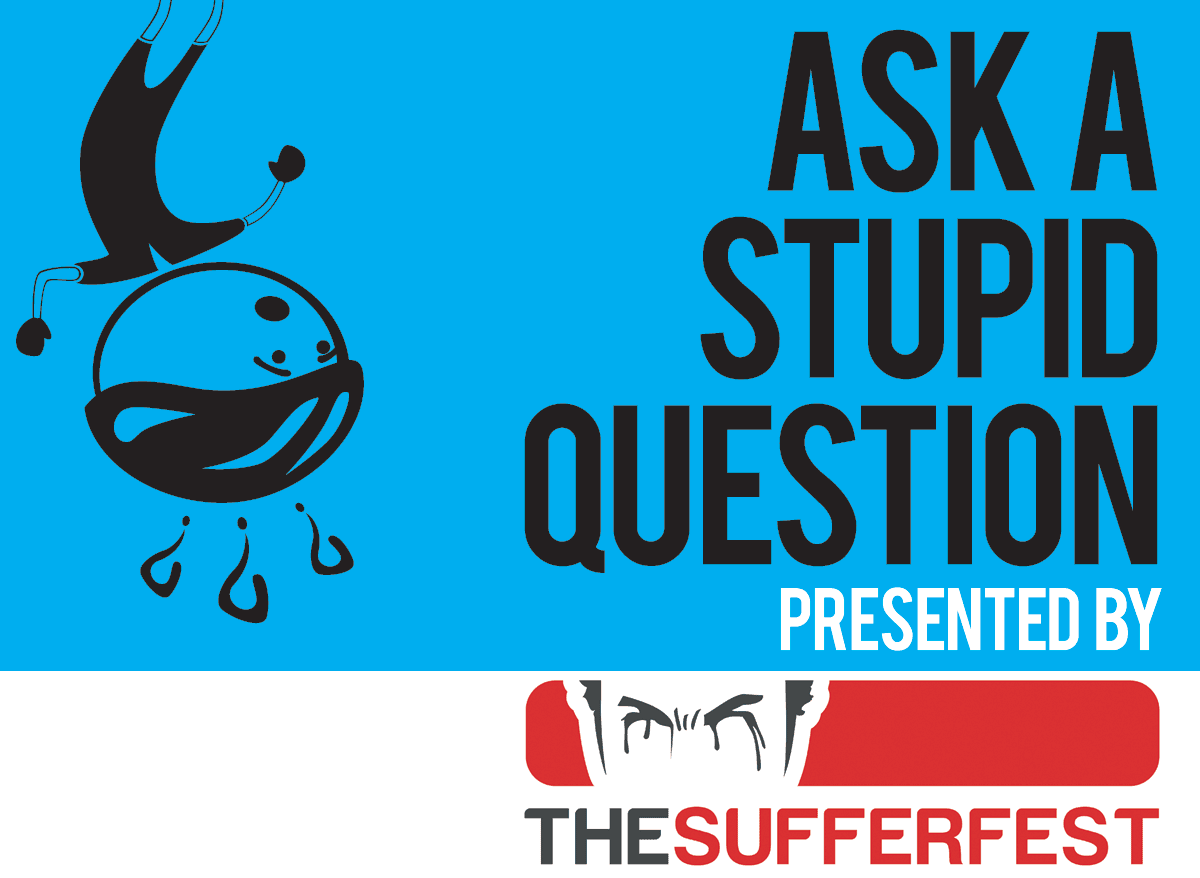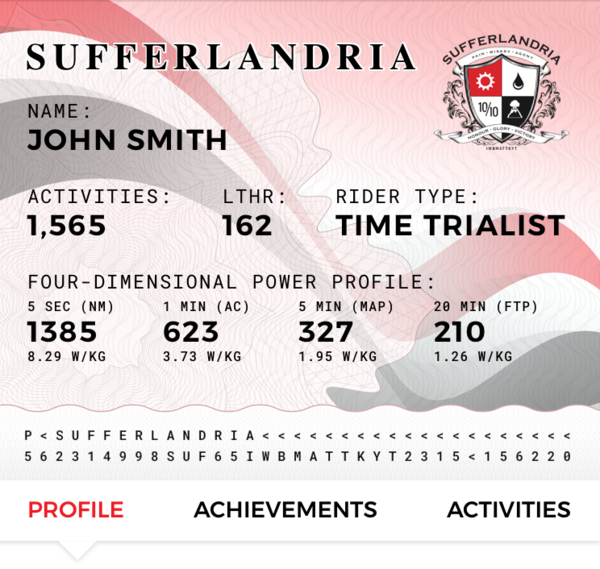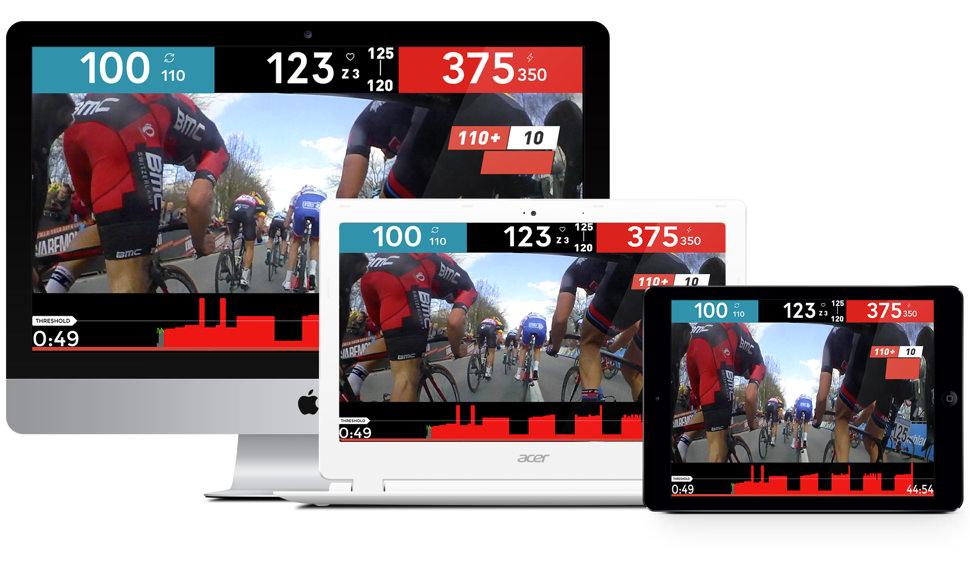We know, there’s no such thing as a stupid question. But there are definitely some questions you might not want to ask your local shop or riding buddies. AASQ is our weekly series where we get to the bottom of your questions – serious or otherwise. Hit the link at the bottom of the post to submit your own question!
Question: Is there any data that supports that 4D power will translate into better performance than training w just FTP? Would it be possible to do a double blind test where riders don’t know whether they’re training on 4D number or FTP but do the same training block?
Answer from The Sufferfest: Neal Henderson at APEX Coaching was instrumental in helping us develop the concept of 4DP. In addition to serving as the director of the Boulder Center for Sports Medicine, he also coached athletes like Taylor Phinney, World Hour Record holders Evelyn Stevens and Rohan Dennis, and multi-time World Triathlon Series Champion, Flora Duffy. For the past decade he has used the 4DP framework to help not just his elite athletes, but also everyday cyclists achieve their potential. He made the shift away from workouts that just use percentages of Functional Threshold Power (FTP) to set power targets precisely because he saw greater increases in performance when his athletes did workouts that took into account not just their sustained power, but how well they could sprint, tackle a punchy climb, or take a flyer off the front. The Olympic medals, Grand Tour stage wins, and world records his athletes have earned are a pretty good indication of how well the approach works.
Just to be clear, the concepts behind 4DP aren’t necessarily new. Any coach worth their clipboard would know that it’s important to look beyond FTP to design effective workouts. What we’ve done is taken that framework and made it accessible to anyone with an internet connection and a trainer (and a subscription to The Sufferfest). 4DP means you don’t have to have a degree in Sports Science or have a full-time coach to get the benefit of workouts customized to your unique abilities. It’s all about maximizing the time you do have to train so you can get faster, quicker.
Question: Hi. I 100% agree with the premise that FTP is ‘dead’ (or at least, there are other very valuable – perhaps more valuable indicators to use). Given this move, will you acknowledge that ALL of the modelling of fatigue / fitness / form, or CTL, ATL, TSB (and all the other similar variants) are equally flawed, and as such do you propose a new way of assessing the need to athletes to understand their progression or fitness / fatigue?
Answer from The Sufferfest: Every model has its flaws. Let’s face it, human bodies are complex, and differences between individuals mean any model is going to be less effective for some people and more effective for others. What all of those models of fatigue, fitness, and form are trying to do is to give the athlete (or coach) more insight into the effects of training, both positive and negative. As long as you can appreciate models like CTL (Chronic Training Load), ATL (Acute Training Load), and TSB (Training Stress Balance) for what they are—namely, guidelines—there’s no reason to throw them out. They can certainly be useful to help you track trends in your own training. Ultimately, as we move away from just using FTP as the single measure of an athlete’s capabilities, we’ll need to develop fatigue and fitness models that take this more complete picture into account.
Editor’s Note: CTL, ATL and TSB are all registered trademarks of TrainingPeaks. For more info on the acronyms used above, check out the Alphabet Soup post here.
 Question: It is clear that for someone (for example) who is stronger at anaerobic efforts (as modeled on any power curve vs ‘world class’ etc.) is likely to respond to training stimulus differently to someone who is an excellent time trialler. However – the current models only use FTP as the benchmark. Should this be addressed?
Question: It is clear that for someone (for example) who is stronger at anaerobic efforts (as modeled on any power curve vs ‘world class’ etc.) is likely to respond to training stimulus differently to someone who is an excellent time trialler. However – the current models only use FTP as the benchmark. Should this be addressed?
Answer from The Sufferfest: Absolutely. That’s the whole point behind 4DP and the fitness test we use to determine your 4DP profile (we call it Full Frontal, and it isn’t a walk in the park). 4DP doesn’t just look at your sustained power (FTP), but at how well you can sprint (5-second or Neuromuscular Power), take monster pulls (5-minute or Maximal Aerobic Power), and deliver repeated attacks (1-minute or Anaerobic Capacity). Two people with the exact same FTP can have completely different abilities in these other areas. By knowing where your specific strengths and weaknesses lie, you can better focus your training efforts to become a more complete cyclist.
Question: In doing the 4DP, if one takes a longer than prescribed break between the 5 minute and 20 minute test (say double the rest time) does that really mess up the test? I’m so gassed after the 5 minute test that the 20 minute result is rather pathetic. Thanks.
Answer from The Sufferfest: Sorry to be the bearer of bad news, but yes. Taking an extended disco nap between the 5-minute and 20-minute portions of the test will definitely have an impact on the results. The traditional FTP test consists of a progressive warm up followed by an all-out 20-minute effort. Most of those tests take 95% of your average power over that 20 minutes to give you your FTP, or maximum sustainable, steady-state power (we’re talking how hard you can go for efforts lasting from around 30 minutes to an hour). The point of combining four efforts or different durations and intensities into one test isn’t to see how many watts you can crank out for 5 seconds, or 5 minutes, or 1 minute in a vacuum, but to see the relationships between the different ways you put down power.
Going into a 20-minute time trial effort after two maximum sprint efforts and a 5-minute TT means you’re not going to be as fresh as a daisy. That’s why we don’t take 95% of your average power from that 20-minute test, we use the full value. Going in slightly fatigued means your performance during the test will be a better indication of what you’re capable of out on the road. It’s important to remember that (radio announcer voice) THIS IS ONLY A TEST. It’s a good indication of where you are now, fitness-wise. It’s not a measurement of your worth as a person, or your attractiveness, or anything else. It’s a benchmark to help guide you and make sure that you’re training smarter so you can spend less time getting fast and more time being fast.
Question: Any word on an Android release date or support? I would love to run your program on my tablet instead of my desktop. Thanks!
Answer from The Sufferfest: We would love to have an app that works on Android devices. Unfortunately, as a small, scrappy outfit with limited development resources it’s just not something we can build at the moment. We have some big plans for our Windows, macOS, and iOS platforms in the works, and once we have that behind us (probably in mid-2018, fingers crossed) we’ll take a look at Android again and see if it’s something we can do. We want nothing more than to spread some Suffering to Android users.
Got a question of your own? Click here to use the AASQ form, or find the link under the Contact menu header up top anytime a question pops into your mind!


